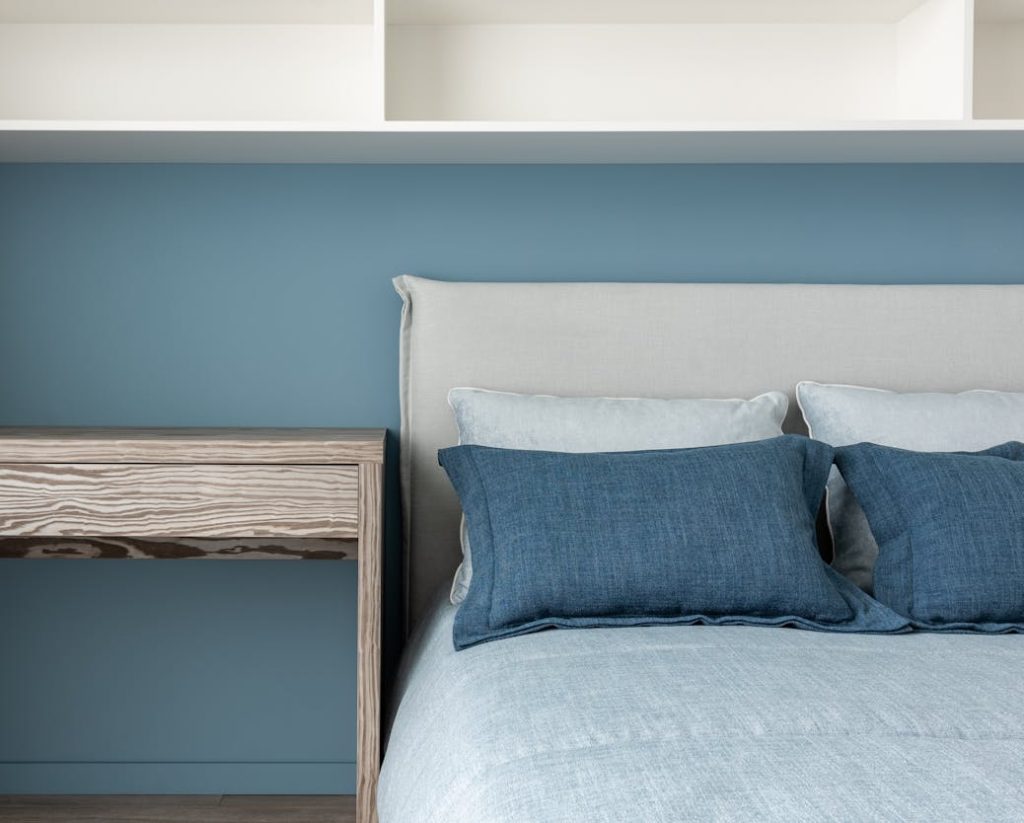Currently, we are seeing more and more people using transitional design in their interior living spaces. But what is transitional design, exactly? According to Los Angeles interior designer Stefani Stein, “Transitional design is about blending a traditional aesthetic with modernist sensibilities, allowing the two styles to combine effortlessly is about balance.” In fact, if your preferred style is one that is a bit classic and contemporary all at once, then you are likely a fan of this interior design trend.
The result of doing so is a mix of sophisticatedness and freshness – a blend of the old and new. According to interior designers, most of their clients are drawn to this type of aesthetic because when it is done well, the area looks comfortable, approachable, and easily edited and updated over time.
As far as most styles go, transitional styles tend to lean more on the relaxed side rather than the rigorous side. As such, it is easily customisable. That being said, there are a few guiding principles for you to utilise this particular aesthetic in your home. We have listed and explained them below if you are interested in this topic.
Use a neutral colour scheme
When it comes to this particular aesthetic, do not expect any large bright splashes of colour. This is because transitional interiors tend to lean heavily on neutral colour schemes and tones. As such, softer hues such as creams, whites, beiges and taupes dominate this aesthetic. They can be applied across furniture and décor, which helps to create a calm, clean and collected environment. This approach is similar to that of minimalism.
Additionally, using a neutral base helps to allow easy layers to be mixed throughout the design. It is also easy for people to update their aesthetic as time passes.
Use mixed textures to create visual interest
Aside from all the talk regarding light and neutral palettes, one way to infuse visual interest in your living space is by incorporating an array of textures in it This can include tactile material in solid colours such as linen drapes, boucle upholstery, or other different soft accents (like a velvet accent pillow or knitted throw). Transitional-style living rooms can also apply this same concept to finishes as well, so long as they are varied and subdued. As experts recommend, where materiality is concerned, variety tends to be better. A word of advice – try to avoid using the same types of finishes throughout, as it can feel slightly one note.
Play with lines and silhouettes
Something that people need to keep in mind is the rhythm of interior design. This means you need to find the right synergy between different styles. As such, it is best that you pay attention to certain lines and silhouettes. This is most pronounced in furnishings, as their rounder shapes and silhouettes are typically found in traditional designs. You will want to find a way to make them blend in with the clean lines of modern furniture design – such as crisp edges and simple shapes. If you manage to incorporate them well, they can soften and straighten each other out. This helps to create a warm and timeless look, which is important to the design aesthetic.
Pair two different furniture styles together
One of the main ways to achieve a transitional style of interior design is by putting furniture from different eras together. As a few designers suggest, if you purchase a table that feels more traditional, you may consider finding other items with cleaner or more simplistic lines to pair up with it. If the table is made entirely of wood, then you may want to find painted or upholstered dining chairs to pair it with. This is because these dining chairs may bring a modernist accent that balances out the heft wood table. According to Marianne Brown of W Design Collective, “Mixing contrasting pieces, traditional/vintage feel with modern/clean lines, helped us achieve that balance without the space feeling too traditional on one hand, or too modern on the other.”
Less is more
As with minimalism, sometimes less truly is more. While at first glance, combining several interior styles in one space sounds like a chaotic mess, it need not be so. In fact, if there’s one trick that keeps transitional spaces in check and orderly, is maintaining a certain level of minimalism. This will help offer the right balance to your living space. Think of Scandinavian design and the clean slate it brings to your rooms.
Stefani Stein backs up this belief. “It is important not to over-accessorise with this look. Thoughtful layers and a less-is-more approach is best when thinking about pillows and accessories.”

